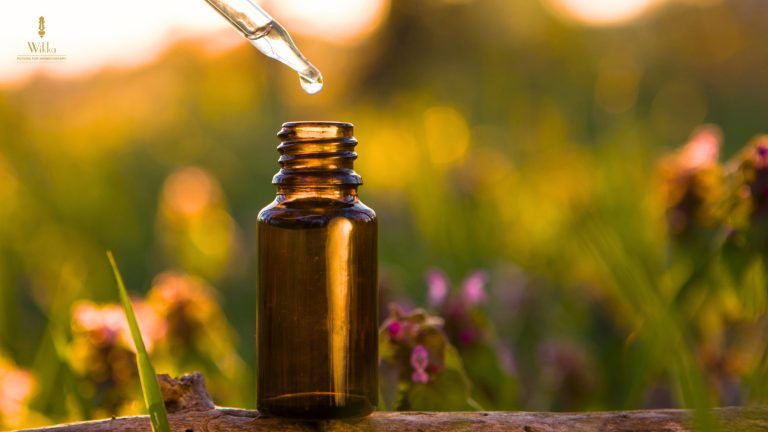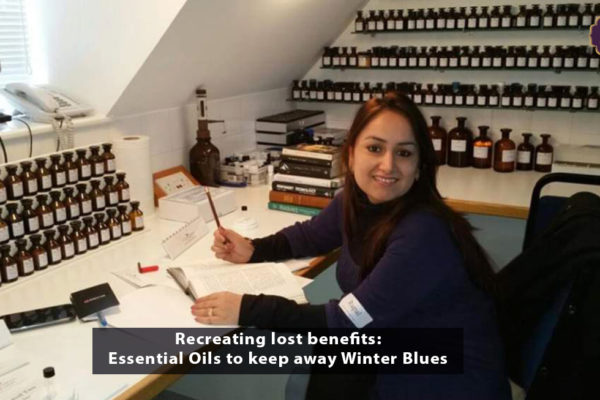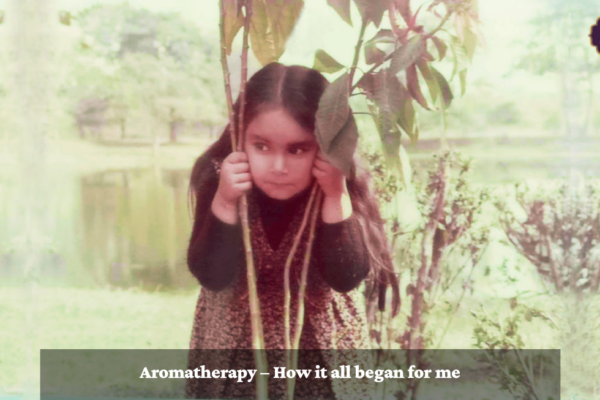Are you someone who would love to explore the magical world of essential oils for various purposes but is still confused about how to use them safely and correctly? If so, then read on. In this blog, we will discuss some invaluable tips to ensure the proper use of essential oils and how to get the best of them.
To keep you informed, we’ll cover topics on how to safely use essential oils, precautions, proper dilution ratios, essential oil storage ideas and so on. You’ll also learn about the importance of conducting a patch test before using a new essential oil to optimize its therapeutic benefits.
Understanding the Importance of Safety When Using Essential Oils
When it comes to using essential oils, safety should always be a priority. While these oils offer a range of benefits, they are highly concentrated and potent and should be used under proper guidance.
One of the most important aspects of using essential oils safely is knowing that not all oils are procured the same way. Choosing high-quality essential oils from reputable sources is of utmost importance. Look for therapeutic-grade essential oils, that are 100% pure and have undergone testing for quality and purity. This precaution ensures that you are using formulations free from contaminants and synthetic additives.
Essential oil safety guidelines
As a newbie in the vast world of essential oils, these measures will help you understand better and of course ensure your safety. So why delay, let’s dive deep into the essential oil safety tips to always keep in mind.
- Firstly, remember that essential oils are highly potent and should be diluted with a carrier oil before application. The dilution ratios may vary depending on the age group and purpose of use. Generally, 1-2 % dilution is recommended for use.
- Secondly, it’s important to know which essential oils are phototoxic. Phototoxic oils can react when exposed to sunlight or UV rays. Some common photo-sensitive essential oils include citrusy oils like lemon, lime, grapefruit etc.
- Thirdly, perform a patch test before applying essential oils. Apply a small amount of diluted oil to a discreet area and wait 24 hours to check for any adverse reactions, such as redness, itching, or irritation.
- Essential oils should not be ingested unless under the guidance of a qualified aromatherapist or healthcare professional. Otherwise, stick to external applications or diffusing methods for proper use.
- Be cautious when using essential oils around pets. Some oils can be toxic to animals, and their sense of smell is much stronger than ours. Make sure to keep the oils stored securely out of their reach.
Essential Oil Safety for Pregnant Women and Children
When it comes to using essential oils during pregnancy or on children, extra caution should be exercised. Not all essential oils may be safe for these groups, and it’s important to consult with professionals before use.
During pregnancy, some essential oils should be avoided due to their potential effects on hormone levels or uterine contractions. Always seek guidance from a qualified aromatherapist or healthcare provider to ensure the safety of essential oil usage during pregnancy.
When using essential oils on children, it’s important to dilute them properly and choose oils that are suitable for their age group. Always use lower dilution ratios and consult with professionals to ensure safe usage on children.
Proper Storage and Handling of Essential Oils
Proper storage and handling of essential oils is essential to maintain their quality and ensure their safety. Here are some tips to help you store and handle your essential oils correctly:
- Store essential oils in dark glass bottles to protect them from light and extend their shelf life.
- Heat and humidity can cause essential oils to deteriorate. Keep them in a cool place away from direct sunlight.
- Properly labeling your essential oil bottles helps you identify each oil and its expiry date. This ensures that you’re using oils within their recommended shelf life.
- Use a dropper for precise measurements to control the amount of essential oil you’re using, ensuring accurate dilution and minimizing the risk of using too much.
By following these storage and handling tips, you can maintain the quality and safety of your essential oils for longer periods.
How to Perform a Patch Test Before Using Essential Oils:
Performing a patch test is an essential step before using any new essential oil as this helps to identify any potential allergic reactions or sensitivities and ensures safe usage.
- Firstly, select a small area of skin, preferably on the inner forearm or behind the ear. Make sure the skin is clean and free from any cuts.
- Now, apply a small amount of the diluted oil to the patch test area.
- Cover the patch test area and leave it untouched for 24 hours.
- After 24 hours, observe the patch test area and check for any redness, itching, or irritation.
By performing a patch test, you can identify any potential sensitivities before using an essential oil on a larger area of your body.
Also Read: Top 10 Must-Have Essential Oils for Your Collection
Using essential oils can be a delightful way to enhance your overall well-being, but it’s crucial to prioritize safety. By understanding and gaining awareness about the proper usage and safety protocols one can enjoy the ultimate benefits of essential oils.





